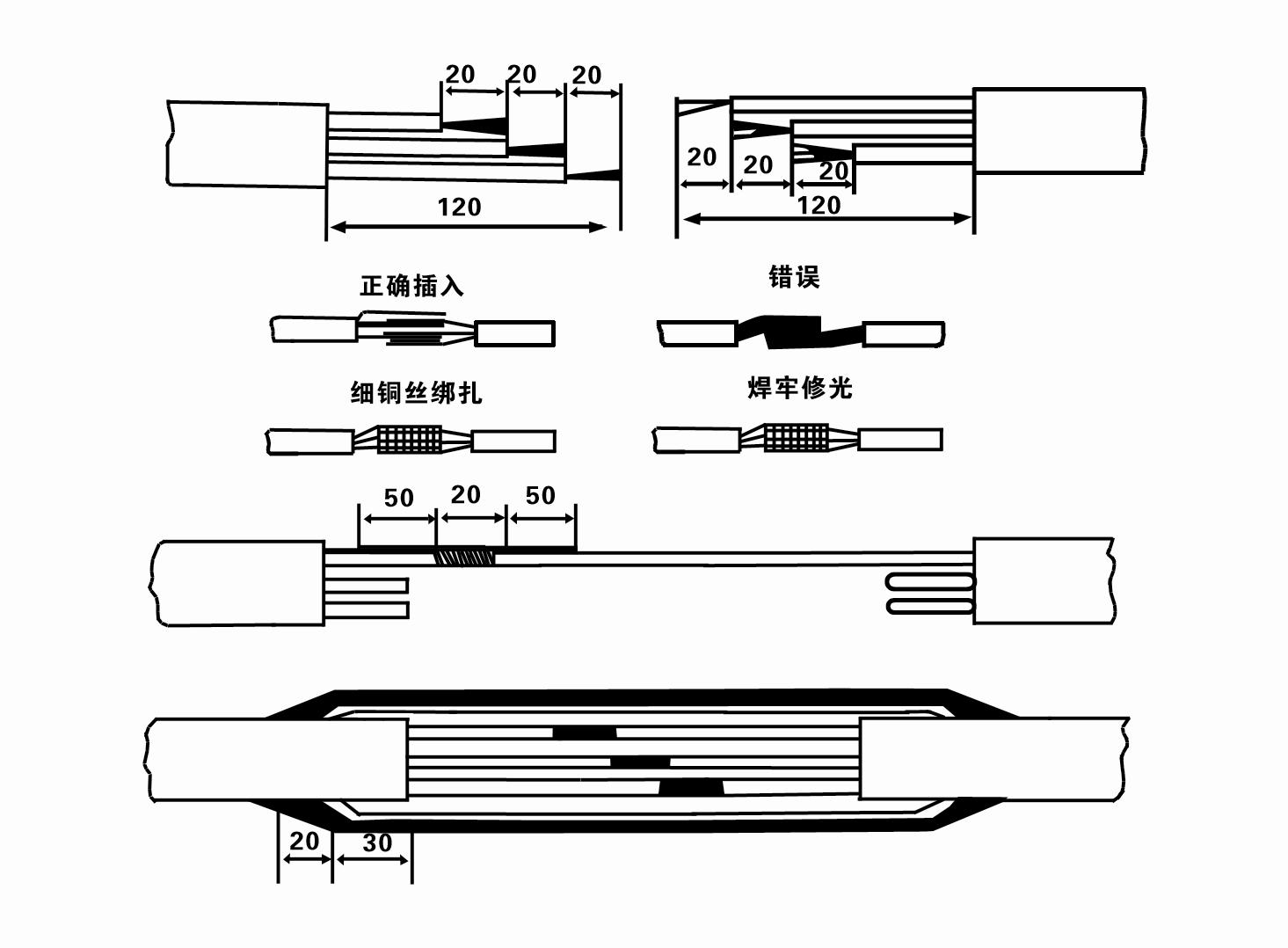Oct . 10, 2024 11:34 Back to list
fuel submersible pump
Understanding Fuel Submersible Pumps Essential Components of Modern Fuel Systems
Fuel submersible pumps are vital components in modern fuel systems, particularly in applications related to underground storage tanks (USTs) and fuel dispensing operations. These pumps are designed to operate underwater, effectively transferring fuel from underground storage to surface levels for retail and industrial use. Understanding the function, benefits, and maintenance of these pumps is crucial for businesses in sectors such as transportation, construction, and energy.
How Do Fuel Submersible Pumps Work?
A fuel submersible pump operates by immersing the pump unit within the fuel it is meant to move. The pump is equipped with a motor that drives an impeller or centrifugal mechanism to create suction. This process draws the fuel into the pump and pushes it up through a discharge pipe to the surface. Because they are submerged, these pumps effectively eliminate the need for priming and are less susceptible to problems caused by air leaks.
Typically made from corrosion-resistant materials like stainless steel or high-grade plastic, submersible pumps are engineered to withstand harsh conditions, including exposure to various fuel types and environmental factors. They can operate with both gasoline and diesel, making them versatile tools for different applications.
Key Benefits of Submersible Pumps
1. Efficiency Submersible pumps are highly efficient. By being positioned underwater, they utilize pressure from the surrounding liquid to assist with fuel transfer. This design reduces energy consumption compared to above-ground pumps.
2. Compact Design Their compact design allows for easy installation in various locations, particularly where space constraints exist. This is especially important for urban environments where underground tanks must comply with regulations.
fuel submersible pump

3. Reduced Noise Submersible pumps inherently operate more quietly than many above-ground options. This characteristic makes them optimal for residential and commercial areas where noise levels must be kept to a minimum.
4. Enhanced Safety By eliminating potential hazards linked to above-ground pumps, such as fuel spills and leaks, submersible pumps enhance safety. The physical placement of the pump within the tank reduces risks of fire or contamination.
5. Less Maintenance Submersible pumps are generally easier to maintain due to their sealed nature. Regular checks pertain mainly to the electrical components and not the pump itself, which can help lower downtime and operational costs.
Maintenance of Fuel Submersible Pumps
Proper maintenance is vital to ensure the long-lasting efficiency of fuel submersible pumps. Regular inspections should focus on the electrical systems, looking for signs of wear or corrosion. Additionally, checking the seals and discharge pipes for leaks is crucial, as any loss of fluid can lead to significant issues over time.
Cleaning the filters is also essential to prevent clogs that can impair performance. Furthermore, operators should monitor flow rates to detect any drops that could indicate a malfunction or blockage.
Conclusion
Fuel submersible pumps represent a crucial advancement in fuel handling technology. As industries continue to demand efficient, reliable, and safe methods for fuel transfer, understanding the operational mechanics and maintenance practices surrounding these pumps becomes increasingly important. Businesses that invest in proper pump technology can ensure smoother operations, reduced costs, and enhanced safety in their fuel management systems. With the prevalence of submersible pumps in various applications, their role in supporting infrastructure and industry continues to grow, underscoring their importance in our increasingly fuel-dependent world.
-
Submersible Water Pump: The Efficient 'Power Pioneer' of the Underwater World
NewsJul.01,2025
-
Submersible Pond Pump: The Hidden Guardian of Water Landscape Ecology
NewsJul.01,2025
-
Stainless Well Pump: A Reliable and Durable Pumping Main Force
NewsJul.01,2025
-
Stainless Steel Submersible Pump: An Efficient and Versatile Tool for Underwater Operations
NewsJul.01,2025
-
Deep Well Submersible Pump: An Efficient 'Sucker' of Groundwater Sources
NewsJul.01,2025
-
Deep Water Well Pump: An Efficient 'Sucker' of Groundwater Sources
NewsJul.01,2025
-
 Submersible Water Pump: The Efficient 'Power Pioneer' of the Underwater WorldIn the field of hydraulic equipment, the Submersible Water Pump has become the core equipment for underwater operations and water resource transportation due to its unique design and excellent performance.Detail
Submersible Water Pump: The Efficient 'Power Pioneer' of the Underwater WorldIn the field of hydraulic equipment, the Submersible Water Pump has become the core equipment for underwater operations and water resource transportation due to its unique design and excellent performance.Detail -
 Submersible Pond Pump: The Hidden Guardian of Water Landscape EcologyIn courtyard landscapes, ecological ponds, and even small-scale water conservancy projects, there is a silent yet indispensable equipment - the Submersible Pond Pump.Detail
Submersible Pond Pump: The Hidden Guardian of Water Landscape EcologyIn courtyard landscapes, ecological ponds, and even small-scale water conservancy projects, there is a silent yet indispensable equipment - the Submersible Pond Pump.Detail -
 Stainless Well Pump: A Reliable and Durable Pumping Main ForceIn the field of water resource transportation, Stainless Well Pump has become the core equipment for various pumping scenarios with its excellent performance and reliable quality.Detail
Stainless Well Pump: A Reliable and Durable Pumping Main ForceIn the field of water resource transportation, Stainless Well Pump has become the core equipment for various pumping scenarios with its excellent performance and reliable quality.Detail
